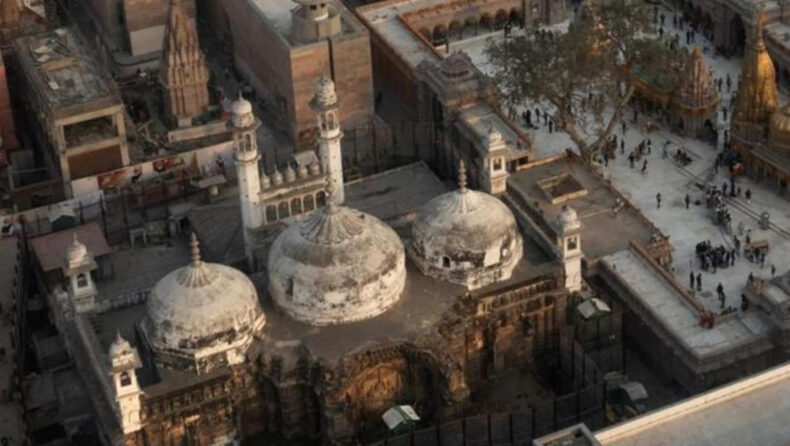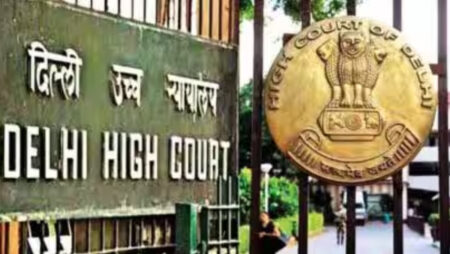The scientific investigation to determine whether the 17th-century masjid was constructed on an earlier Hindu temple structure resumed on Saturday. In order to allow Muslims to worship in the mosque, the ASI crew halted the survey around midday and resumed it around 2:30 p.m.

Table of Contents
The Gyanvapi Mosque Survey
The survey was conducted on the first day for around seven hours, and the ASI documented the architecture of the buildings. The Gyanvapi complex’s various components’ depths and heights were measured, and dial test indicators were placed on the building’s four corners. The top archaeology organisation recorded and took pictures of a trident (trishul), swastika, bell, and flower-like sign etched on the Gyanvapi complex’s walls and pillars on the first day of the inspection.
On Saturday, which was the second day of the survey, representatives from the Muslim side participated in the survey procedure for the first time. The survey crew was joined by Mumtaz Ahmad and Akhlaque Ahmad, solicitors for the organisation that oversees the Gyanvapi mosque, Anjuman Intezamia Masjid Committee. On Friday, the survey’s Muslim component was absent.
“It was filthy in the south basement. At ASI’s request, it was cleaned. The group mapped the entire hall and performed 3-D imaging of the basement,” Anupam Dwivedi, legal counsel for a Hindu plaintiff stated. “The ASI team also meticulously examined the pillars and frame (of the door),” he added.
He said that they had found fragments of idols among the wreckage and voiced hope that additional idols will be found throughout the survey, according to PTI.
A claim made by the Hindu plaintiffs’ attorney that idol remnants were discovered in the mosque’s basement during the ASI survey on Saturday was refuted by the Muslim side.
Lawyer Sudhir Tripathi said that for Muslims, the wuzu khana (ablution area) and the prayer area were the main focus of the survey. At 5 o’clock in the evening, the survey’s daylong duration came to an end, and the ASI crew left the mosque complex.
The survey was conducted by a 41-person ASI team under the direction of Prof. Alok Tripahi, the agency’s additional director general, from 8am to 5pm.
To continue the survey on the third day, a team from the Archaeological Survey of India (ASI) has arrived at the Varanasi Gyanvapi mosque complex. The team did a thorough analysis of the western wall, “tahkhana,” and other structures on Saturday during the second day of the survey, according to lawyer Vishnu Shankar Jain, one of the legal representatives for the Hindu side.
The secondary stage will begin on Sunday, according to Subhash Nandan Chaturvedi, another advocate for the Hindu side, who said that the primary stage is over. On the third day, the ASI will likely use a few specialised machines.

The Court’s Order for Extension Period
The ASI was given an additional four weeks by the Varanasi District Court to do the survey and submit a report by September 2. On a request for an extension submitted by the ASI on Friday—the original due date for the survey process—district judge Ajaya Krishna Vishvesha issued the ruling.
“According to the Allahabad High Court’s judgement from July 21, we requested that the court should give the ASI four weeks to present its findings.” “This request had been submitted,” according to Amit Kumar Srivastava, standing counsel for the Union government. He continued, “The Judge granted our request.”
Point to be Noted
The ASI inspection was given a stay order by the Supreme Court on July 24 till July 26, 5 PM, to give the Masjid committee some “breathing time” before approaching the High Court. On July 27, the HC prolonged the stay until August 3. Following which the survey was resumed on August 4.













